Equipment
- Protective gear – protective gloves, a protective mask, and goggles
- Aspirator with the corresponding suction tube and container
- Nasopharyngeal tubes of various sizes
Procedure
- Apply personal protective measures.
- Position yourself above the patient’s head, if possible.
- Assess the size and measure the length of the nasopharyngeal tube.
- Generously lubricate the lower end of the tube with a water-soluble substance (during placement, the substance will spread along the entire tube).
- Lift the tip of the nose and insert the tube into the chosen nostril, usually the right one.
- Advance with gentle rotating movements while keeping the tube close to the nostril, with the concave side facing the patient’s feet
- Document all actions (see the Medical Documentation section).
IMPORTANT If placing the tube induces a gag reflex in the patient, the tube should not be continued, and extreme caution is required in patients with facial injuries and those with suspected skull base fractures. During placement, nosebleeds occur in nearly 30% of patients, and the nasopharyngeal tube should not be removed in such cases because its placement and pressure will help stop the bleeding. If there is resistance during placement, withdraw the tube and attempt to place it again in the same or the other nostril.

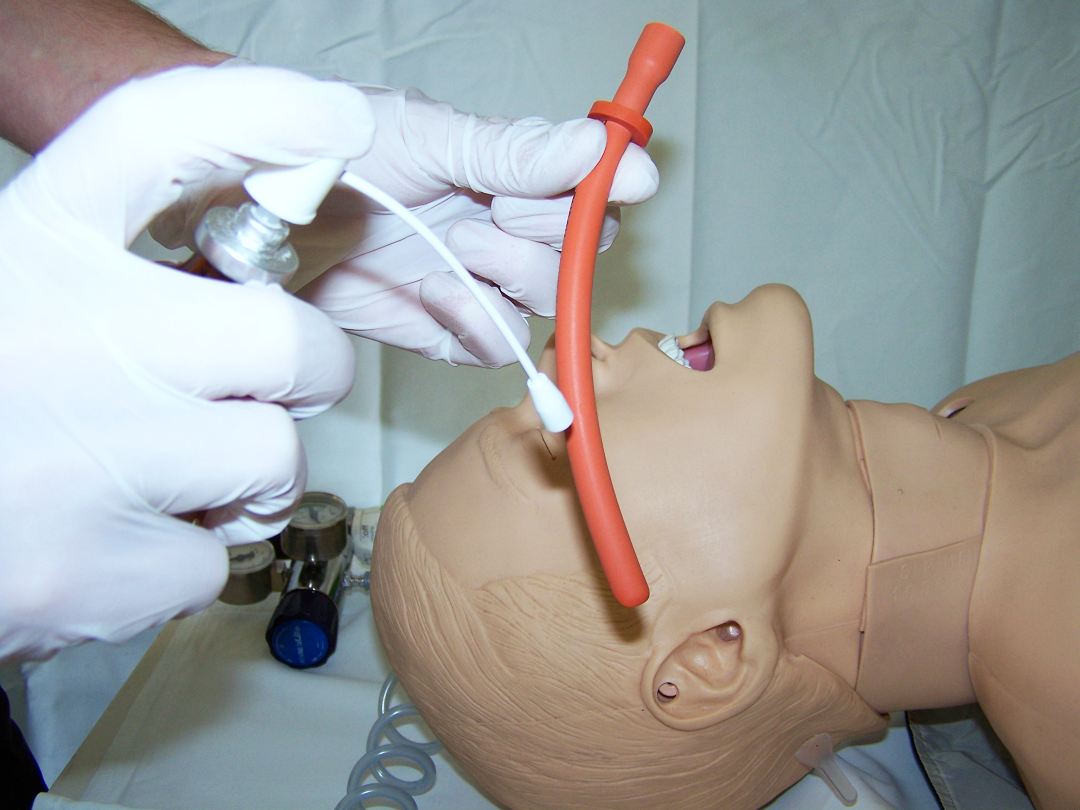
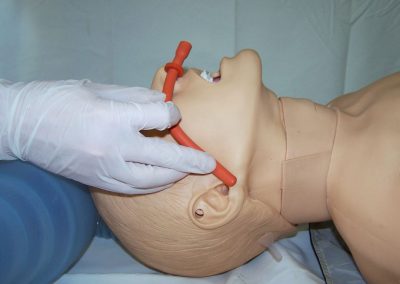

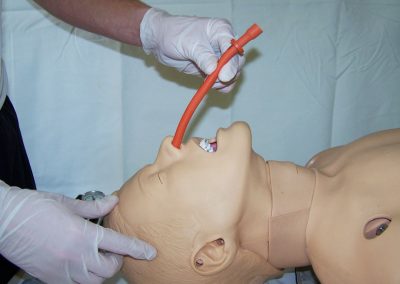

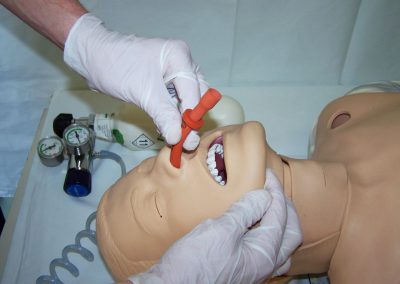

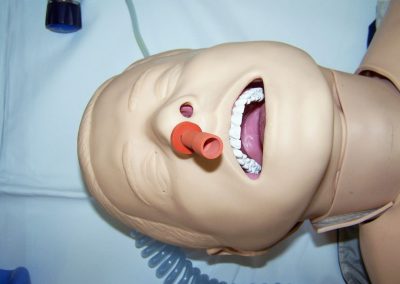

0 Comments